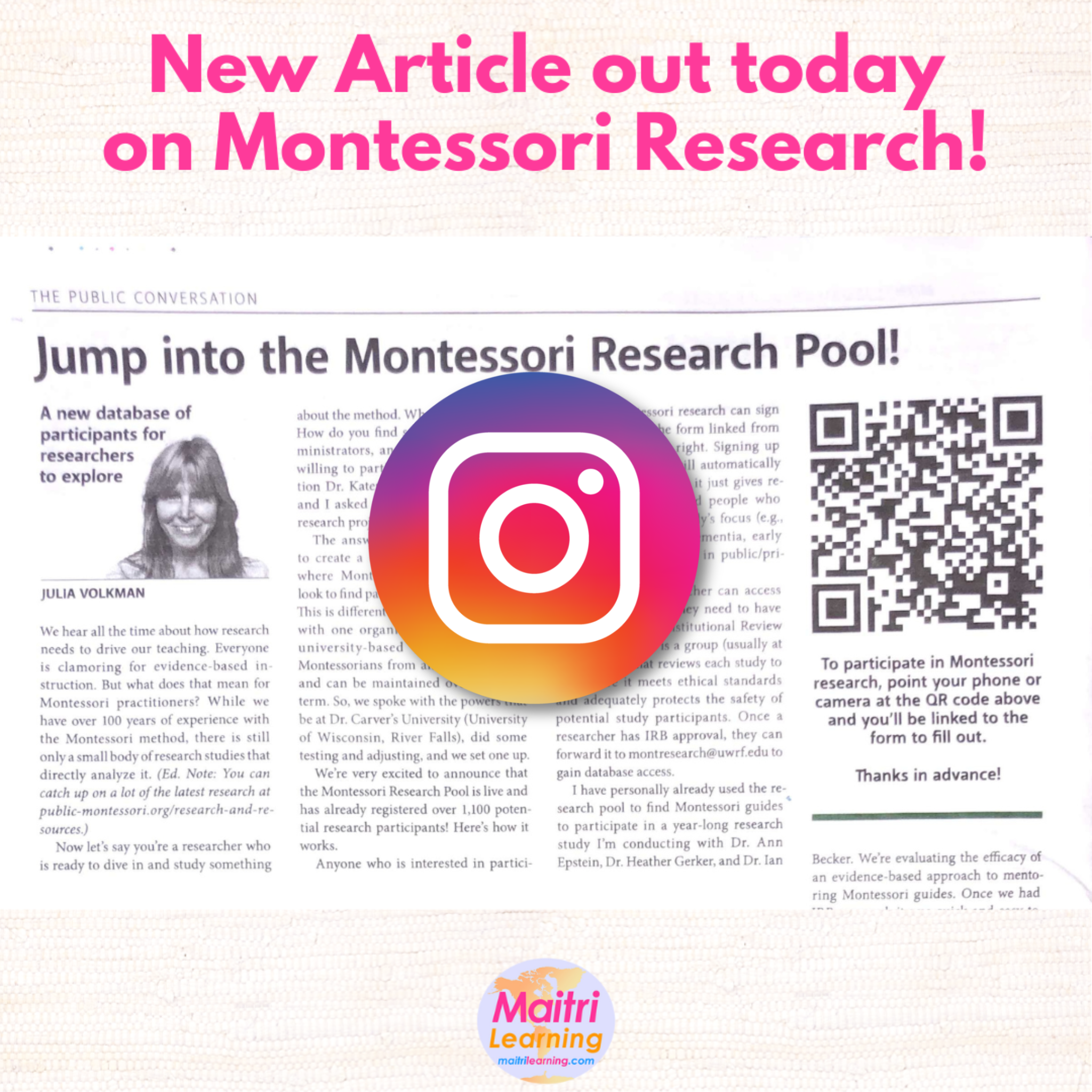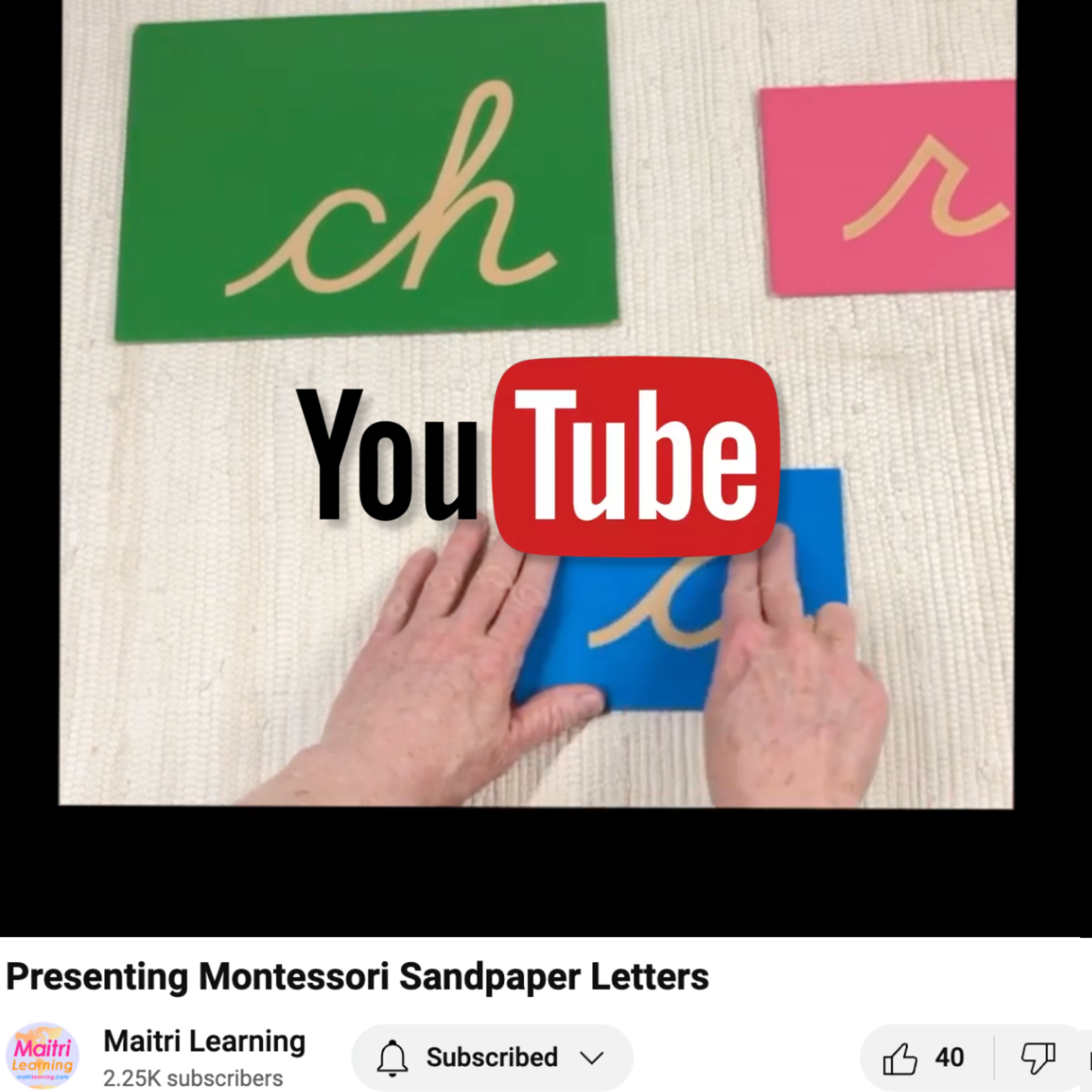Reading and Dyslexia Research
What follows is a collection of resources and research on reading and dyslexia. I recommend that you begin by watching my YouTube video and skimming my pedagogy blog posts. Then, skim through this entire list. Finally, watch Stanislaus Dehaene's video and then click on the resources that seem of most relevance to your situation and explore.
Volkman, J. (2017). Reading & dyslexia: A neuroscientific perspective. Available at https://www.youtube.com/watch?v=QDaLpwKPClU
I have worked with many children with dyslexia, including my own son. The more research I read and the more children I encounter, the clearer it becomes that dyslexia is not a deficit at all, just a different wiring pattern in the brain. While it makes reading difficult, it also confers many gifts.
In the above image, red indicates connectivity between key areas (in green) of the reading network in typical readers; Blue indicates how those same areas are connected in people with reading impairment/dyslexia (Finn, et al., 2014). This illustrates that the brain networks used for reading are markedly different in those with versus those without dyslexia.

The blue lines in the image above show the arcuate fasciculus as seen in brain imaging of infants with (FHD+) and without (FHD-) a family history of dyslexia/reading impairment. The AC is a key axonal (white matter) tract that connects critical parts of the reading network (Broca's area and Wernicke's area). Langer and colleagues found that infants under 18 months of age with a family history of dyslexia had significantly less white matter in the arcuate fasciculus than infants without a family history of dyslexia (Langer, et al., 2015). This suggests that a genetically-driven difference in neural connectivity is at the root of dyslexia.
Even though the inefficient reading and spelling skills seen in dyslexia appear to be genetically-driven, the brain has this little thing called plasticity. Genetics never work in a vacuum. The experiences/environment children have dramatically influence how their genetics unfold. Genes are turning on and off all the time. This is cause for optimism. It means that with the right support, everyone can learn to read.
I am also convinced that the Montessori language program ideally meets the needs of young children at risk for reading impairment. But, it must be offered in it's entirety, especially the spoken language work and sound games. In addition, Montessori language work must be required for these children. They may not choose it freely and repeatedly (which is necessary for mastery) because their brains are wired differently. It must become part of a daily routine, just like brushing your teeth. And then, possibly years later than you might normally anticipate, the children will become capable readers. You can read more about the Montessori approach to reading and how it may benefit children with dyslexia on the National Center for Montessori in the Public Sector's website.
The essential guide through all of this must be the child's interest. Even severe dyslexics can go on to become nobel laureates in reading intensive jobs. How? Because they are so deeply interested in the subject matter that they persist and overcome. Nurture and inspire the child's interest, lay the foundation with a daily menu of the complete Montessori language program, and reading will follow.
Reading
- Bara, F., Gentaz, E., Colé, P., & Sprenger-Charolles, L. (2004). The visuo-haptic and haptic exploration of letters increases the kindergarten-children’s understanding of the alphabetic principle. Cognitive development, 19(3), 433-449.
- Berninger, V. W., Abbott, R. D., Jones, J., Wolf, B. J., Gould, L., Anderson-Youngstrom, M., ... & Apel, K. (2006). Early development of language by hand: Composing, reading, listening, and speaking connections; three letter-writing modes; and fast mapping in spelling. Developmental Neuropsychology, 29(1), 61-92.
- Berninger, V. W. (2000). Development of language by hand and its connections with language by ear, mouth, and eye. Topics in Language Disorders, 20(4), 65-84.
- Coltheart, M. (2006). The genetics of learning to read. J Res in Reading, 29(1), 124-132.
- Crepaldi, D. (2015). Clusters of Information in the Reading Brain. University of Milano Bicocca Milan Center for Neuroscience.
- Dehaene, S. (2013). How the brain learns to read. World Innovation Summit for Education (WISE) Summit: Qatar. Available at https://youtu.be/25GI3-kiLdo
- Dehaene, S. (2009). Reading in the Brain. Penguin.
- Dehaene, S. et al. (2010). How learning to read changes the cortical networks for vision and language. Science, 330, 1359–1364. Retrieved from http://www.unicog.org/publications/Science-2010-Dehaene-1359-64.pdf
- Ehrman, M. E., & Oxford, R. L. (1995). Cognition plus: Correlates of language learning success. Modern Language Journal, 67-89.
- Gimenez, P., Bugescu, N., Black, J. M., Hancock, R., Pugh, K., Nagamine, M., et al. (2014). Neuroimaging correlates of handwriting quality as children learn to read and write. Frontiers in human neuroscience, 8.
- Goswami, U. (2008). Reading, dyslexia and the brain. Educational Research,50(2), 135-148. Available on:http://moodle.marjon.ac.uk/pluginfile.php/45209/mod_resource/content/2/More%20useful%20journal%20articles%20relating%20to%20Dyslexia/Dyslexia,%20reading%20and%20the%20brain.pdf (Links to an external site.)
- Hart, B., & Risley, T. R. (2003). The early catastrophe: The 30 million word gap by age 3. American Educator, 27(1), 4-9.
- Halliday, M. A. (1993). Towards a language-based theory of learning. Linguistics and Education, 5(2), 93-116.
- Jabr, F. (2013). The reading brain in the digital age: The science of paper versus screens. Scientific American, 11.
- James, K. H., & Engelhardt, L. (2012). The effects of handwriting experience on functional brain development in pre-literate children. Trends in neuroscience and education, 1(1), 32-42.
- Kuhl, P. K. (2004). Early language acquisition: cracking the speech code. Nature Reviews Neuroscience, 5(11), 831-843.
- Mueller, P. A., & Oppenheimer, D. M. (2014). The Pen Is Mightier Than the Keyboard Advantages of Longhand Over Laptop Note Taking. Psychological science, 0956797614524581.
- Spar, I. (2004). The origins of writing. Metropolitan Museum of Art. Retrieved from http://www.metmuseum.org/toah/hd/wrtg/hd_wrtg.htm
- Tossey, P., (2005). Mapping transformative learning: The potential of neuro-linguistic programming. Journal of Transformative Education, 3(2), 140-167 doi: 10.1177/1541344604270233
- Wolf, M., Ullman-Shade, C., & Gottwald, S. (2012). The emerging, evolving reading brain in a digital culture: Implications for new readers, children with reading difficulties, and children without schools. Journal of Cognitive Education and Psychology, 11(3), 230-240.
- Wolf, M., Barzillai, M., & Dunne, J. (2009). The importance of deep reading. Challenging the Whole Child: Reflections on Best Practices in Learning, Teaching, and Leadership, 130.
Dyslexia
- Berninger, B.W. & May, M.O. ( (2011). Evidence-Based Diagnosis and Treatment for Specific Learning Disabilities Involving Impairments in Written and/or Oral Language. J Learn Disab, 44(2), 167-183.
- Buchanan, J. (2013). Stop climbing, start swimming: The hidden advantages of dyslexia. Ted Talk. Available at https://youtu.be/VIIbeqMGB3o
- Conlon, E.g., Zimmer-Gembeck, M.J., Creed, P.A., & Tucker, M. (2006). Family history, self-perceptions, attitudes and cognitive abilities are association with early adolescent reading skills. J Res in Reading, 29(1), 11-32.
- Cooper, J. & Jamal, N. (2012). Convergence insufficiency--a major review. Optometry Rev.
- Decoding Dyslexia Massachusetts
- Deneve, E. (2010). Dyslexia: The world the way I see it. Available at https://youtu.be/rhygmurIgG0
- Ferrer, E., Shaywitz, B. A., Holahan, J. M., Marchione, K., & Shaywitz, S. E. (2010). Uncoupling of reading and IQ over time empirical evidence for a definition of dyslexia. Psychological Science, 21(1), 93-101.
- Fink, R.P. (1995). Successful dyslexics: A constructivist study of passionate interest in reading. J Adolesc Adul Literacy, 39(4), 268-280.
- Fink, R. (1998). Literacy development in successful men and women with dyslexia. Annals of Dyslexia, 48, 311-346.
- Finn, E.S., et al. (2013). Disruption of Functional Networks in Dyslexia: A Whole-Brain, Data-Driven Analysis of Connectivity. Biol Psych, doi: 10.1016/j.biopsych.2013.08.031.
- Fischer, B., Phys, D., & Harnegg, K. (2008). Saccade control in dyslexia: development, deficits, training and transfer to reading. Optom Vis Dev, 2008:39(4):181-190.
- Furnes, B., & Norman, E. (2015). Metacognition and reading: Comparing three forms of metacognition in normally developing readers and readers with dyslexia. Dyslexia, 21(3), 273-284. Retrieved from http://onlinelibrary.wiley.com/doi/10.1002/dys.1501/full
- Gabay, Y., et al. (2013). Visuospatial Attention Deficits in Developmental Dyslexia: Evidence from Visual and Mental Number Line Bisection Tasks. Archives of Clinical Neuropsychology, 28, 829 – 836.
- Gherri, E., Driver J., Eimer, M. (2008). Eye movement preparation causes spatially-specific modulation of auditory processing: New evidence from event-related brain potentials. Brain Res, 1224, 88-101.
- Goswami, U. (2015). Visual attention span deficits and assessing causality in developmental dyslexia. Nature Reviews Neuroscience, 16(4), 225-226.
- Goswami, U. (2015). Sensory theories of developmental dyslexia: three challenges for research. Nature Reviews Neuroscience, 16(1), 43-54.
- Goswami, U. (2008). Reading, dyslexia and the brain. Educational Research, 50(2), 135-148.
- Kapoula, Z., Ruiz, S., Spector, L., Mocorovi, M., Gaertner, C., Quilici, C., & Vernet, M. (2016). Education Influences Creativity in Dyslexic and Non-Dyslexic Children and Teenagers. PloS one, 11(3), e0150421.
- Kovelman, I., et al. (2012). Brain basis of phonological awareness for spoken language in children and Its disruption in dyslexia. Cerebral Cortex, 22, 754-764, doi:10.1093/cercor/bhr094.
- Krafnick, A.J., et al. (2011). Gray matter volume changes following reading intervention in dyslexic children. Neuroimage, 57, 733-741.
- Laboratory for Visual Learning: Science and Dyslexia.
- Langer, N., Peysakhovich, B., Zuk, J., Drottar, M., Sliva, D. D., Smith, S., ... & Gaab, N. (2015). White Matter Alterations in Infants at Risk for Developmental Dyslexia. (Links to an external site.) Cerebral Cortex, bhv281.
- Logan, J. (2008). Analysis of the incidence of dyslexia in entrepreneurs and its implications. United States Association for Small Business and Entrepreneurship. San Antonio Texas.
- Logan, J. (2009). Dyslexic entrepreneurs: the incidence; their coping strategies and their business skills. Dyslexia, 15(4), 328-346.
- Morris, R.D., Lovett, M.W., Wolf, M., Sevcik, R.A., Steinbach, K.A., Frijters, J.C., & Shapiro, M. (2011). Multiple-component remediation for developmental reading disabilities: IQ, SES, and Race as factors on remedial outcome. Journal of Learning Disabilities.Volume XX(X), May 5, 2010, pp 1-29. doi:10.1177/0022219409355472
- Moritz, C., Yapolsky, S., Papadelis, G., Thomson, J., & Wolf, M. (2012). Links between early rhythm skills, musical training, and phonological awareness. Reading and Writing.
- Multhauf, B., Buschmann, A., & Soellner, R. (2016). Effectiveness of a group-based program for parents of children with dyslexia. Reading and Writing, 1-21.
- Nation, K. (2006). Reading and genetics: an introduction. J Res in Reading, 29(1), 1-10.
- National Center on Universal Design for Learning at CAST. (2013). Resource Library. Retrieved from http://www.udlcenter.org/resource_library/videos%20
- Norton, E. S., Beach, S. D., & Gabrieli, J. D. (2015). Neurobiology of dyslexia. Current opinion in neurobiology, 30, 73-78.
- Norton, E. S. & Wolf, M. (2012). Rapid Automatized Naming (RAN) and reading fluency: Implications for understanding and treatment of reading disabilities. Annual Review of Psychology. 63. DOI:10.1146/annurev psy 120710-100431.
- O'Brien, B.A., Miller, L., Wolf, M., Morris, R., Lovett, M. (2011). Orthographic processing efficiency in developmental dyslexia: An investigation of age and treatment factors at the sublexical level. Annals of Dyslexia.
- Palladino, P., Cismondo, D., Ferrari, M., Ballagamba, I., & Cornoldi, C. (2016). L2 Spelling Errors in Italian Children with Dyslexia. Dyslexia.
- Ramus, F. (2001). Dyslexia: Talk of two theories. Nature, 412(6845), 393-395.
- Rapp, B., Purcell, J., Hillis, A. E., Capasso, R., & Miceli, G. (2015). Neural bases of orthographic long-term memory and working memory in dysgraphia. Brain: a journal of neurology. Retrieved from http://brain.oxfordjournals.org/content/139/2/588
- Rodriguez, A. R., & Barton, J. J. (2015). The 20/20 patient who can’t read.Canadian Journal of Ophthalmology/Journal Canadien d'Ophtalmologie,50(4), 257-264.
- Rose, D.H. & Vue, G. (2010). 2020's Learning Landscape: A Retrospective on Dyslexia. International Dyslexia Association, Perspectives on Language and Literacy, 36(1), 33-37.
- Schneps, M. (2015). Dyslexia can deliver benefits. Scientific American Mind.
- Schneps, M. H., Rose, L. T., & Fischer, K. W. (2007). Visual learning and the brain: Implications for dyslexia. Mind, Brain, and Education, 1(3), 128-139.
- Schneps, M. (2013). Dyslexic advantage. Conference on Dyslexia and Talent. Tremaine Foundation. Available at https://youtu.be/lA2wgjhM9pw
- Schneps, M., Rose, D. & Fischer, K. (2007). Visual learning and the brain: Implications for dyslexia. Mind Brain Ed, 1(3), 128-139.
- Schneps, M., et al. (2013). Shorter Lines Facilitate Reading in Those Who Struggle. PLOS ONE, 8(8), e71161, 1-16.
- Schneps, M., et al. (2013). E-Readers Are More Effective than Paper for Some with Dyslexia. PLOS ONE, 8(9), e75634.
- Science Media Group. (2010). Success Story: Dr. Alexander Goldowsky. Annenberg Learner. Neuroscience & the Classroom.
- Science Media Group. (2010). Success Story: Kent Sinclair. Annenberg Learner. Neuroscience & the Classroom.
- Science Media Group (Producer). (2010). Success Story: Dr. Stephen Shore. (Links to an external site.) Annenberg Learner. Neuroscience & the Classroom.
- Science Media Group. (2010). Success Story: Dr. Todd Rose. (Links to an external site.) Annenberg Learner. Neuroscience & the Classroom.
- Shankardass, A. (2009). A second opinion on developmental disorders. Ted Talk.
- Shaywitz, B. A., Weiss, L. G., Saklofske, D. H., & Shaywitz, S. E. (2015). Translating Scientific Progress in Dyslexia into Twenty-first Century Diagnosis and Interventions. WISC-V Assessment and Interpretation: Scientist-Practitioner Perspectives, 269.
- Stein, J. (2009). The gift of dyslexia. Available at https://youtu.be/RVseLzwxceM
- Stoodley, C.J. & Stein, J.F. (2012). Cerebellar Function in Developmental Dyslexia. Cerebellum, doi: 10.1007/s12311-012-0407-1.
- Tormanen, M.R.K. & Takala, M. (2009). Auditory processing in developmental dyslexia: An exploratory study of an auditory and visual matching training program with Swedish children with developmental dyslexia. Scandinavian Journal of Psychology, 50, 277–285, doi: 10.1111/j.1467-9450.2009.00708.x
- Universal Design for Learning Online. (2016).
- US Dept of Education. (2017). Individuals with Disabilities Education Act (IDEA).
- Vandermosten, M. (2012). A tractography study in dyslexia: neuroanatomic correlates of orthographic, phonological and speech processing. Brain, 135; 935–948.
- Wolf, M., & Reid, G. (2015). Intervention and Treatment Approaches to Dyslexia. Nature Reviews. Special Issue on Dyslexia,Edited by Al Galaburda.
- Yale University Center for Dyslexia & Creativity.
- Ziegler, J.C., et al. (2005). Deficits in speech perception predict language learning impairment. PNAS, 102(39), 14110–14115.





